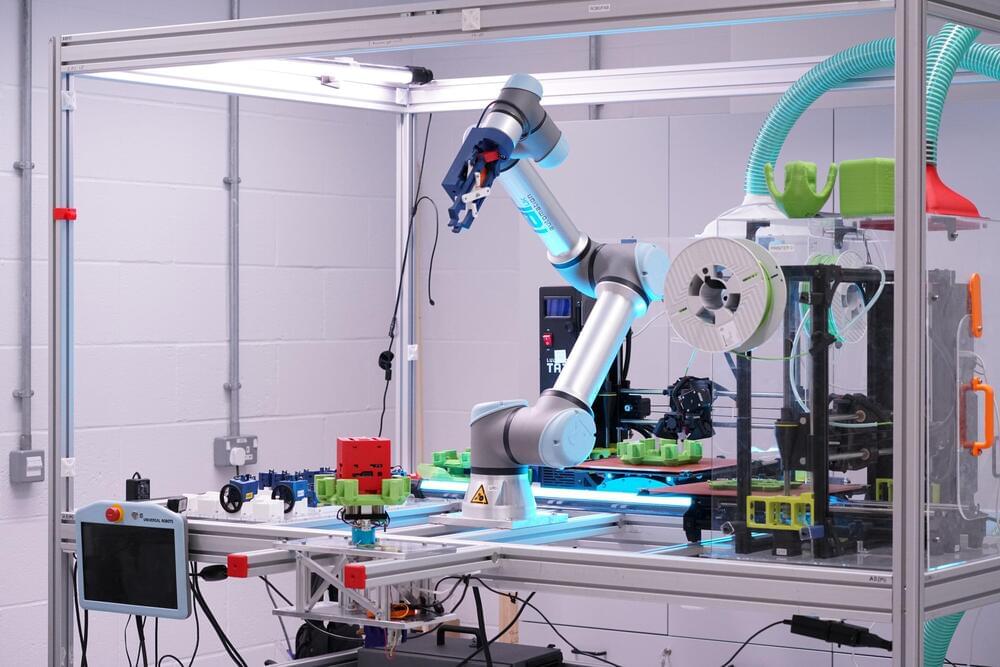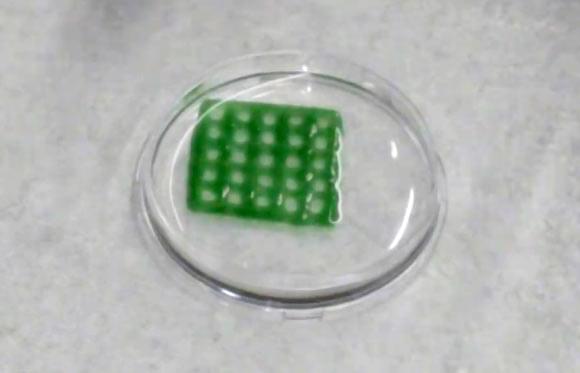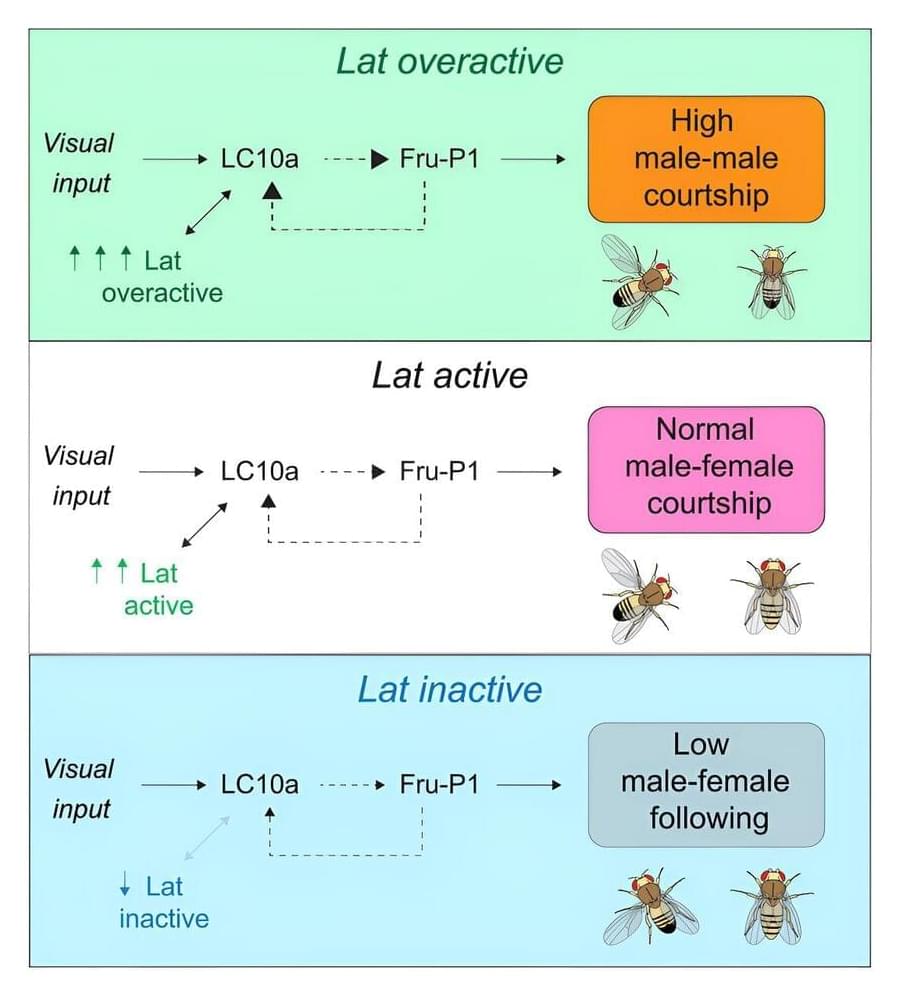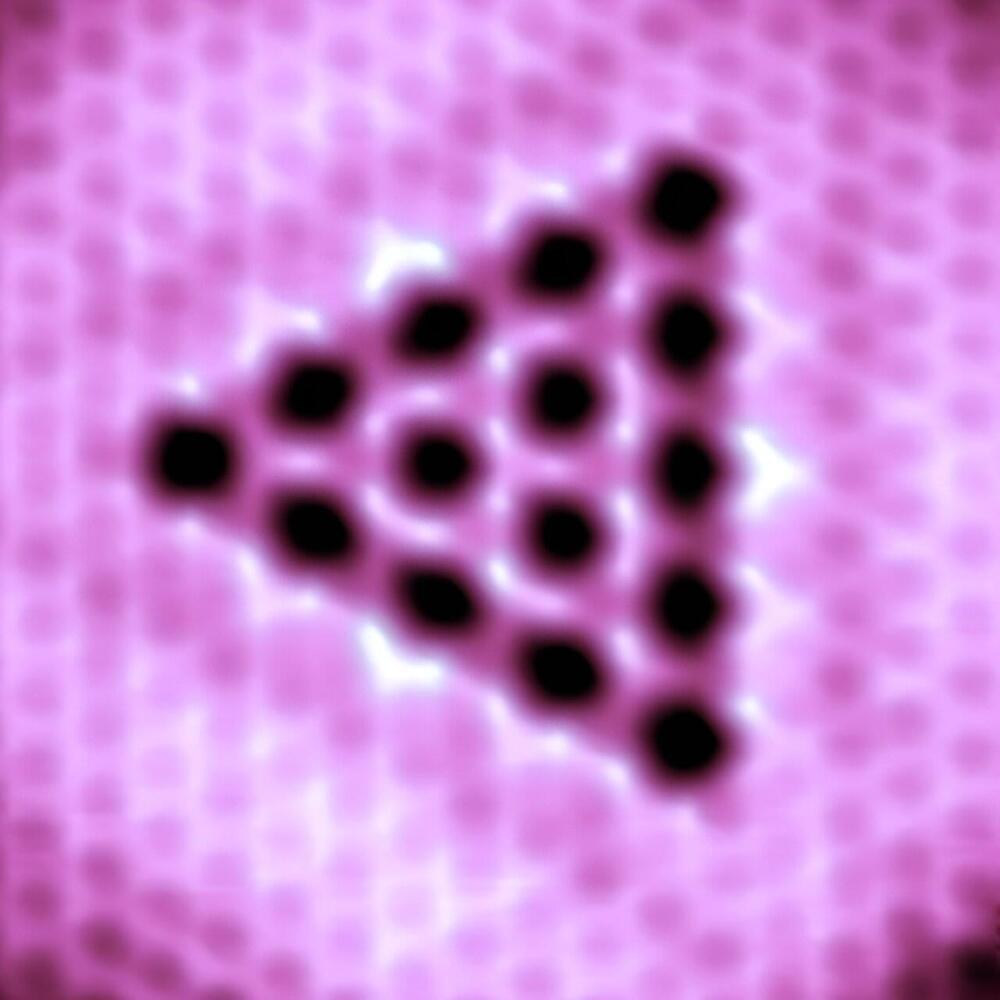Sep 6, 2023
Computational neuroscientist Kanaka Rajan, leader in using AI and machine learning to study the brain, to join Harvard Medical School faculty and serve as a founding faculty member at the Kemper Institute
Posted by Dan Breeden in categories: education, robotics/AI
CAMBRIDGE, MA —The Kempner Institute for the Study of Natural and Artificial Intelligence at Harvard University announces the appointment of Dr. Kanaka Rajan, the first faculty member hired within the recently launched Kempner Institute. As a founding faculty member at the Kempner, Dr. Rajan will serve as an institute investigator. She will also have a dual appointment, serving as a member of the faculty in the Department of Neurobiology at Harvard Medical School.
Working jointly with the HMS Department of Neurobiology and the Kempner Institute, Dr. Rajan will support the intersecting research, scientific, and educational missions of both communities. Dr. Rajan starts in September 2023.
“We are thrilled to have Dr. Rajan join the Kempner, where she will play a key role in helping to shape and advance the institute’s research program,” said Kempner Co-Director Bernardo Sabatini. “She is a true leader in the field, using innovative techniques to tackle big, difficult questions, and expanding the possibilities for how we use artificial intelligence and machine learning to understand the enduring mysteries of the brain.”
















